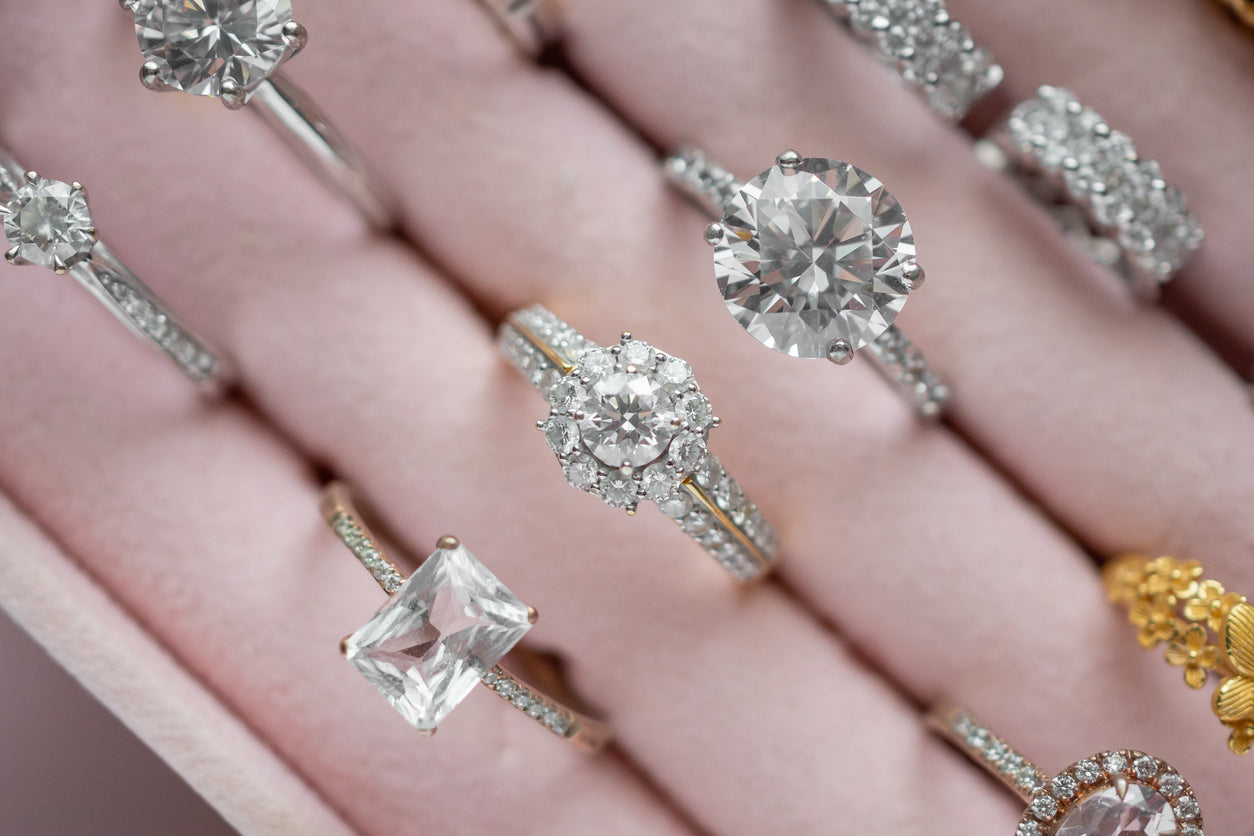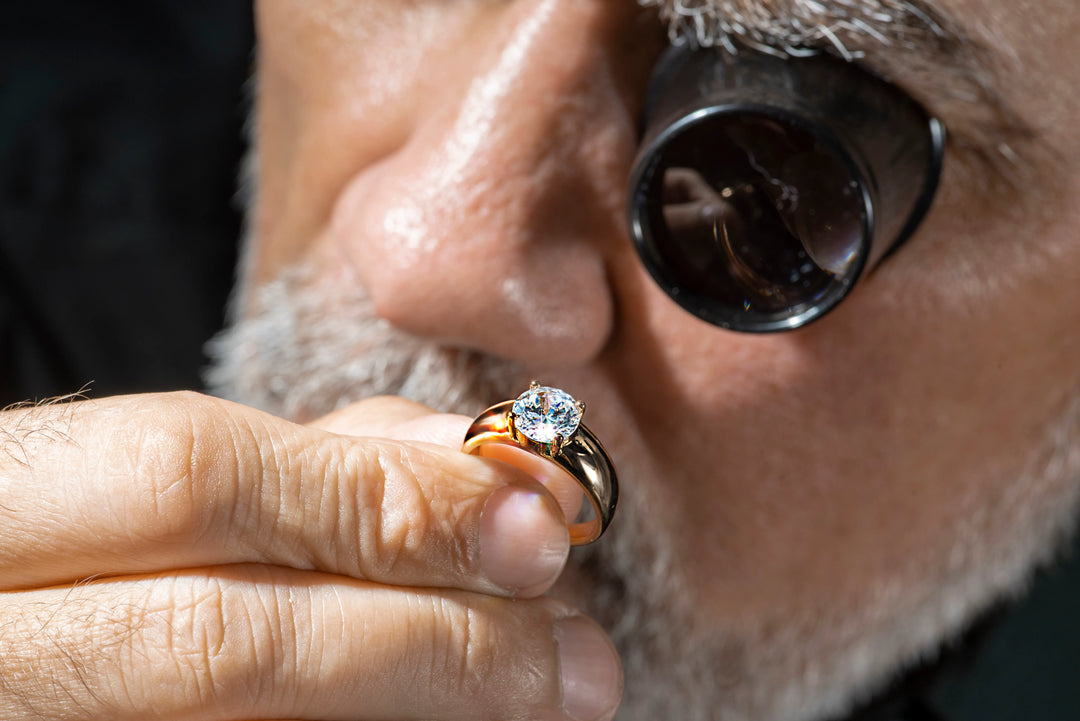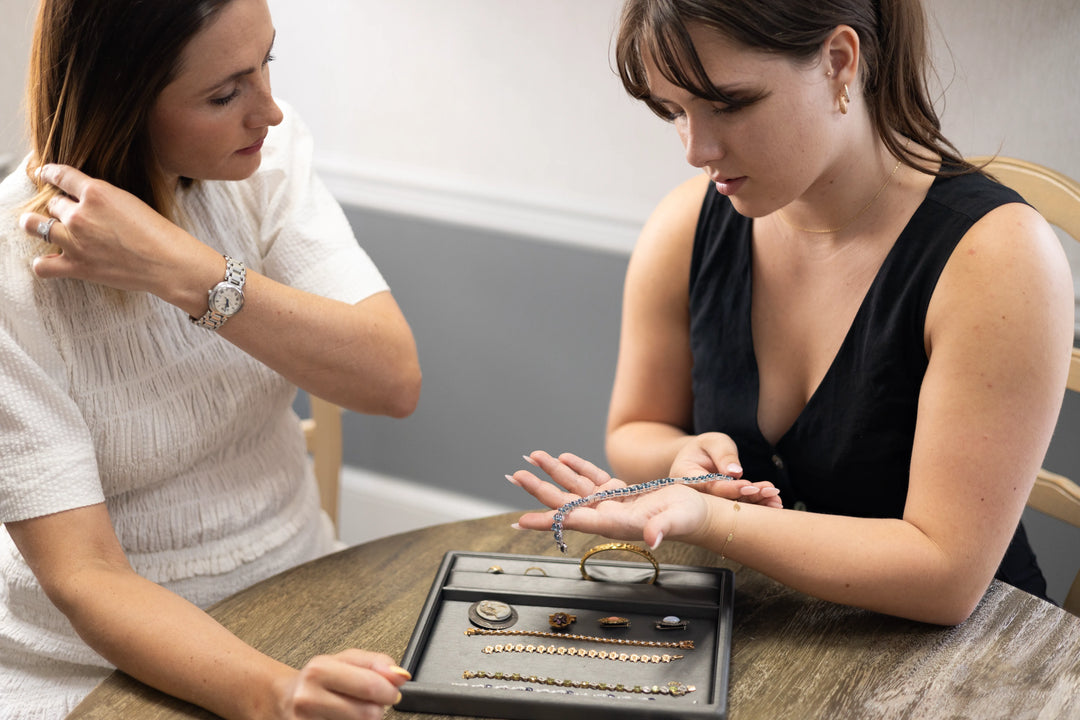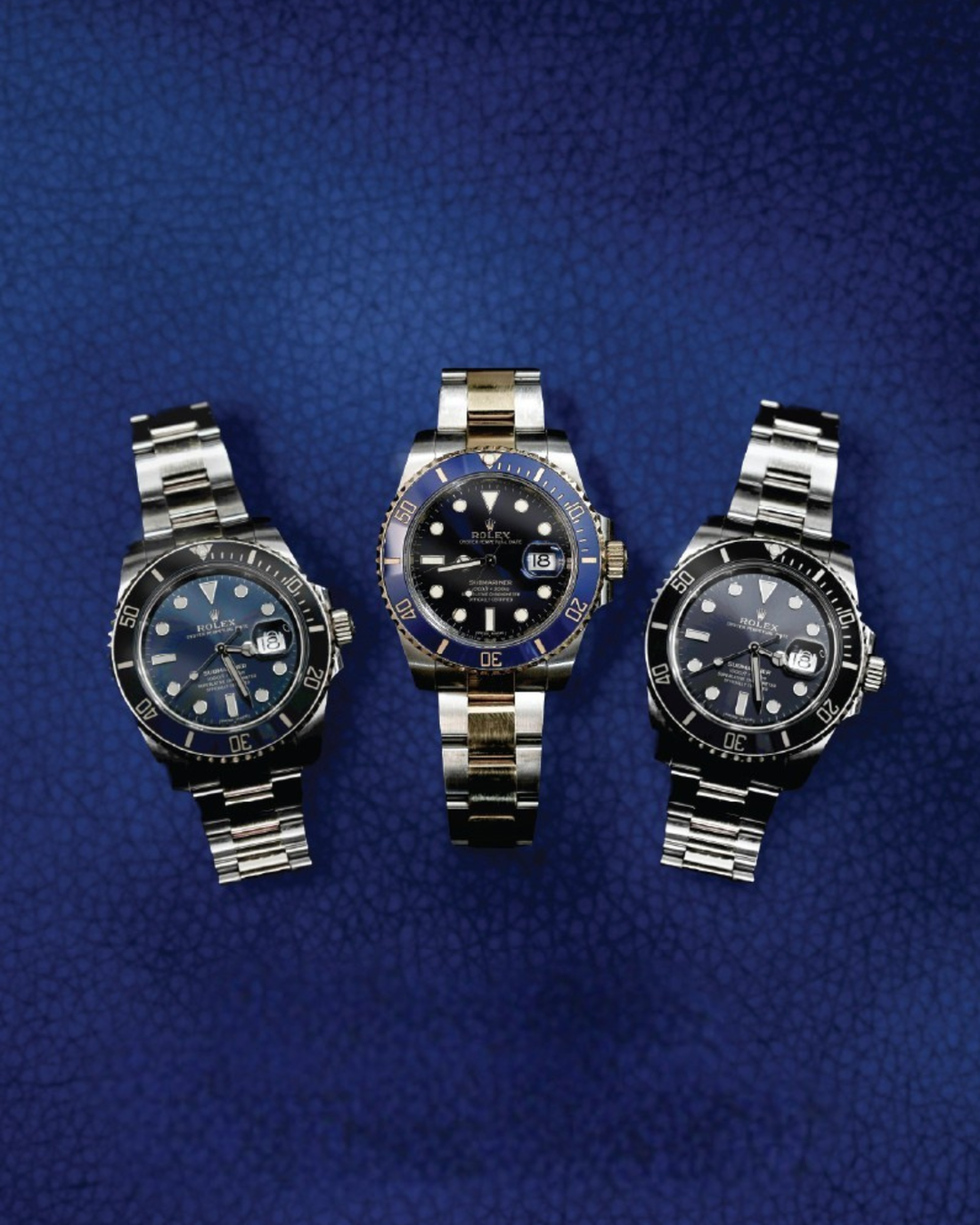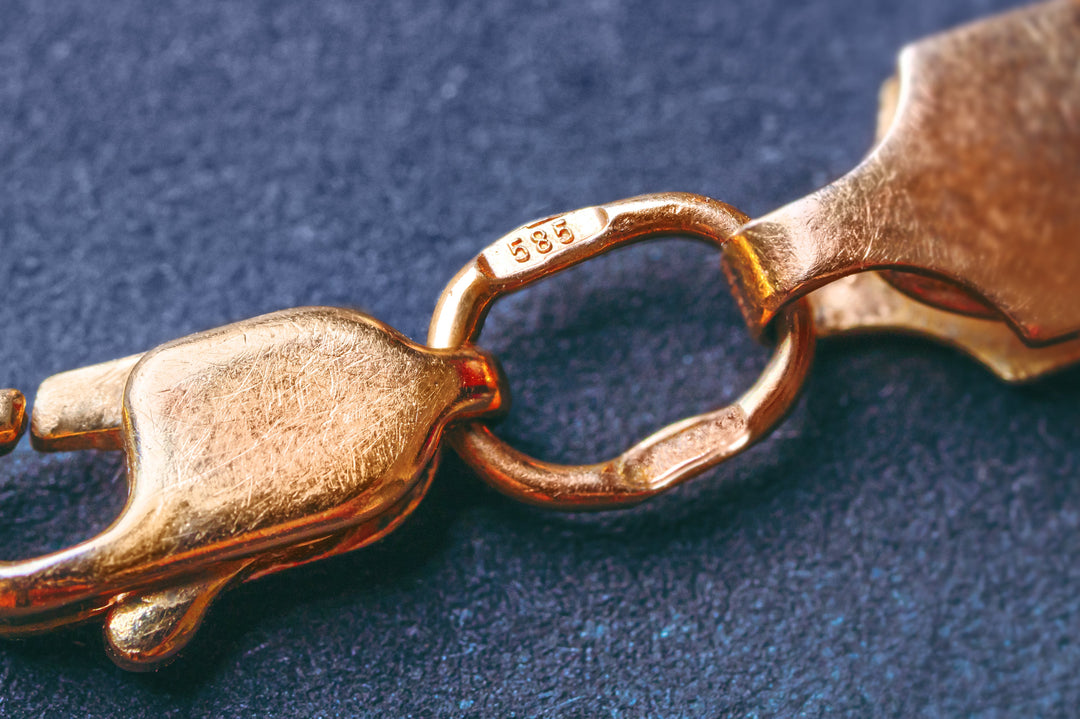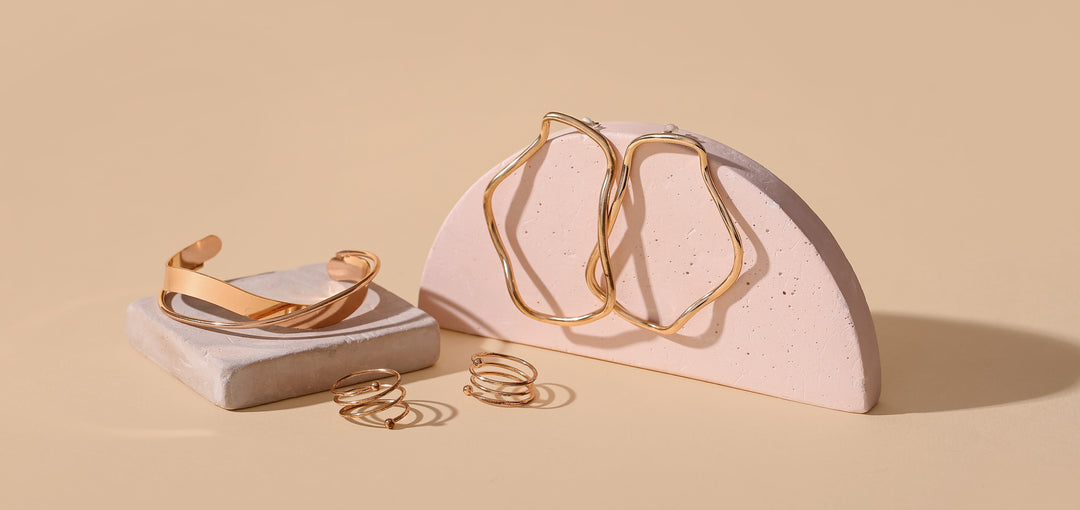You've spent weeks without your ring while it's being serviced. But today, you finally get the call that it's ready! You rush over to your jeweler after work, and finally, your ring is back on your finger. But you look down, and something is wrong. That's not your diamond.
The store associate reassures you again and again that it's your stone. In your gut, you know something is wrong. It sounds like something out of a nightmare. But that is what happened to Chrissy Clarius when she took her engagement ring in for a standard 6-month checkup, and she wasn't the only one.
Do Jewelers Swap Out Diamonds?
Swapping diamonds would be extremely bad for any jeweler's business, and any accredited, independent jeweler will do everything possible to avoid it. This includes only removing your diamond from your ring when absolutely necessary. But diamond switching is a story we keep seeing pop up in the news. While it is very rare, it is happening. We wrote this blog to arm you with information and with five tips to help you avoid diamond-switching jewelers.
What To Do If You Think Your Diamond Was Swapped
A customer of a local Baltimore jewelry store came into Nelson Coleman Jewelers extremely concerned. Her diamond engagement ring had just come back from a repair, and she wasn't confident that the diamond she got back was hers. The diamond had been reset into a new mounting, and the ring was a very different style than the original, which caused her diamond to look different than she remembered. She needed reassurance and verification that this was the same diamond she had left at the shop. We first looked under the microscope for a laser inscription, unfortunately this diamond didn't have one.
Then one of our graduate gemologists graded the stone and found it to be the same size, color, and clarity on her appraisal. While her story is a happy one, not everyone's does. After posting this article in 2018, we've had people reach out from across the country with their stories. Individuals who have taken their rings in for repair only to come home with smaller diamonds, diamonds with inclusions that weren't there before, and even an antique family diamond passed down for generations that was switched with a modern diamond! While we can't offer legal advice, we can give you tips on what to look for in a new jeweler and what to ask them to verify this is your diamond.
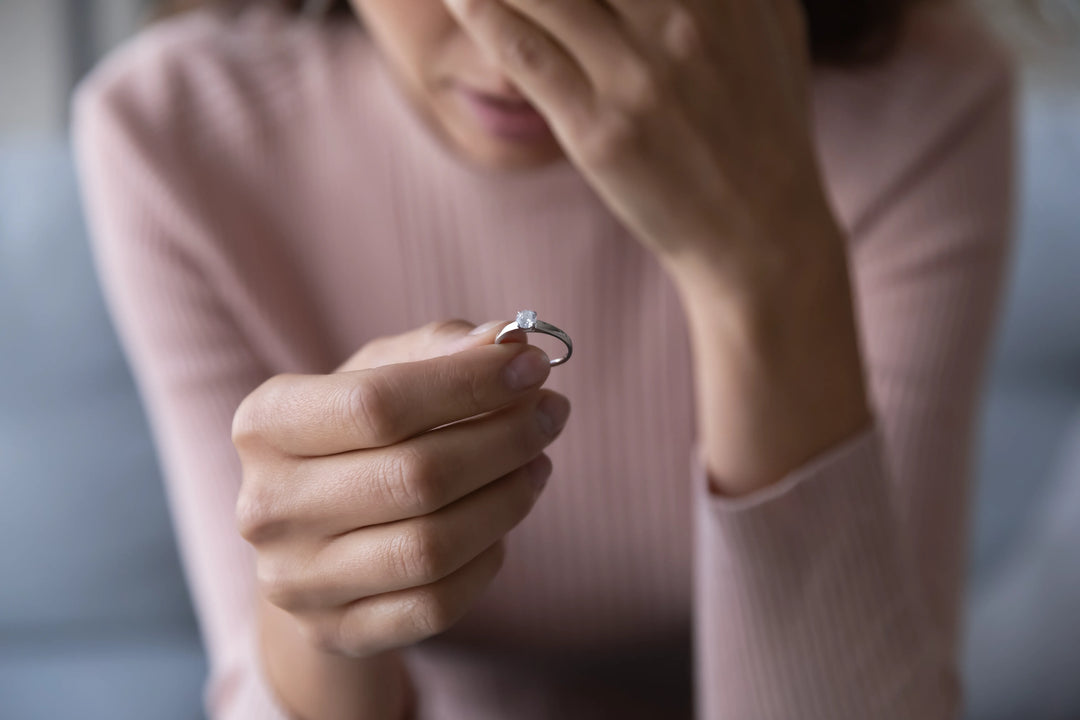
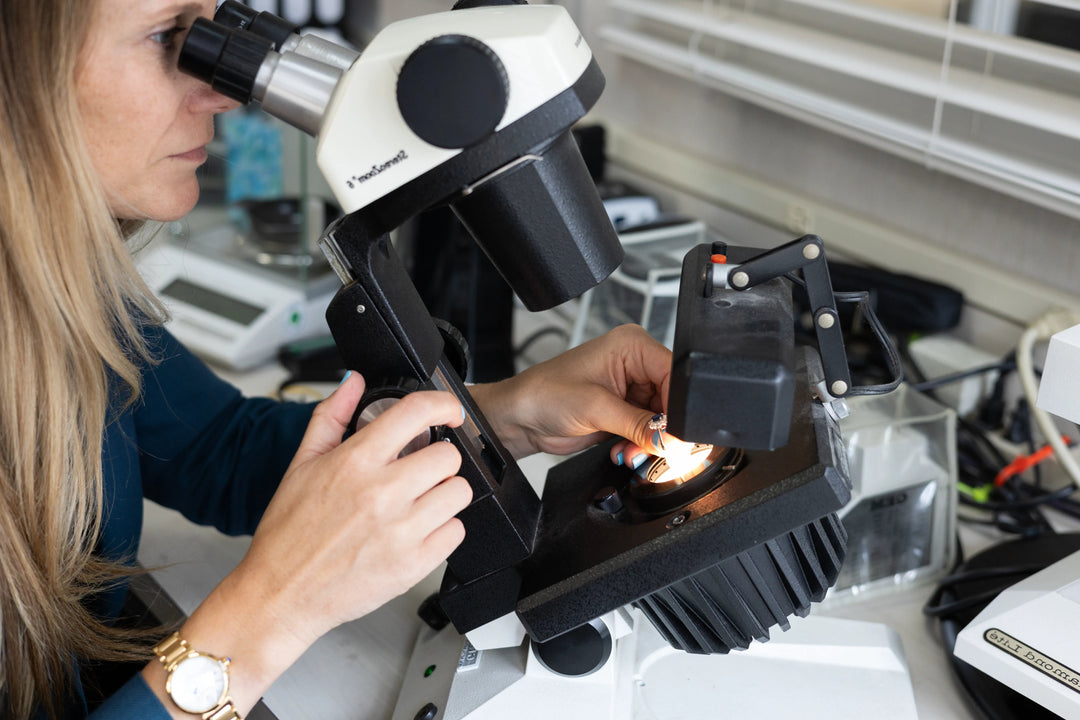
How To Find a Trustworthy Jeweler
When looking for a trustworthy jeweler, look for an AGS jeweler in your area first. The American Gem Society is a jewelry trade organization committed to consumer protection. They were founded to protect jewelry shoppers from fraud and false advertising. Today they are still dedicated to consumer protection, ethical business practices, and developing and maintaining superior gemological skills and knowledge. Not every jeweler can qualify to be an AGS jeweler.
If there are no AGS jewelers in your area, the second-best thing is word of mouth. Check reviews for jewelers in your area. The true nature of a business will often be on full display in those reviews. Once you find a new jeweler, call them. Make sure they have a graduate gemologist on staff who can complete a stone identification or verify that your item matches your appraisal. If you don't have an appraisal, this is a great time to get one. An appraisal will record every part of your ring, from the metal it is made of to all the details about your diamond. If you have a diamond grading report, make sure to bring that to your appointment.
Sample GIA Report
From GIA.edu
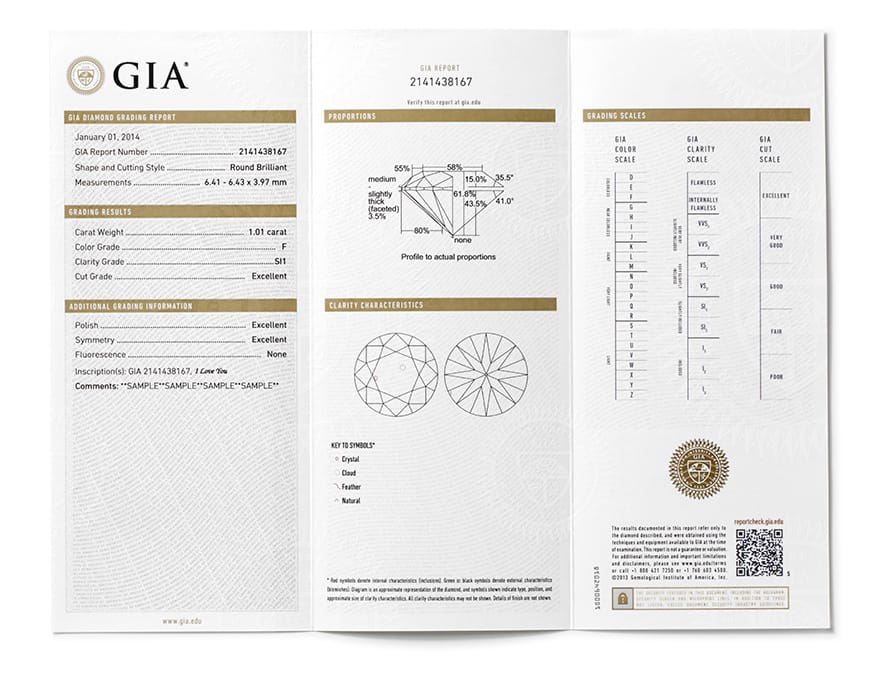
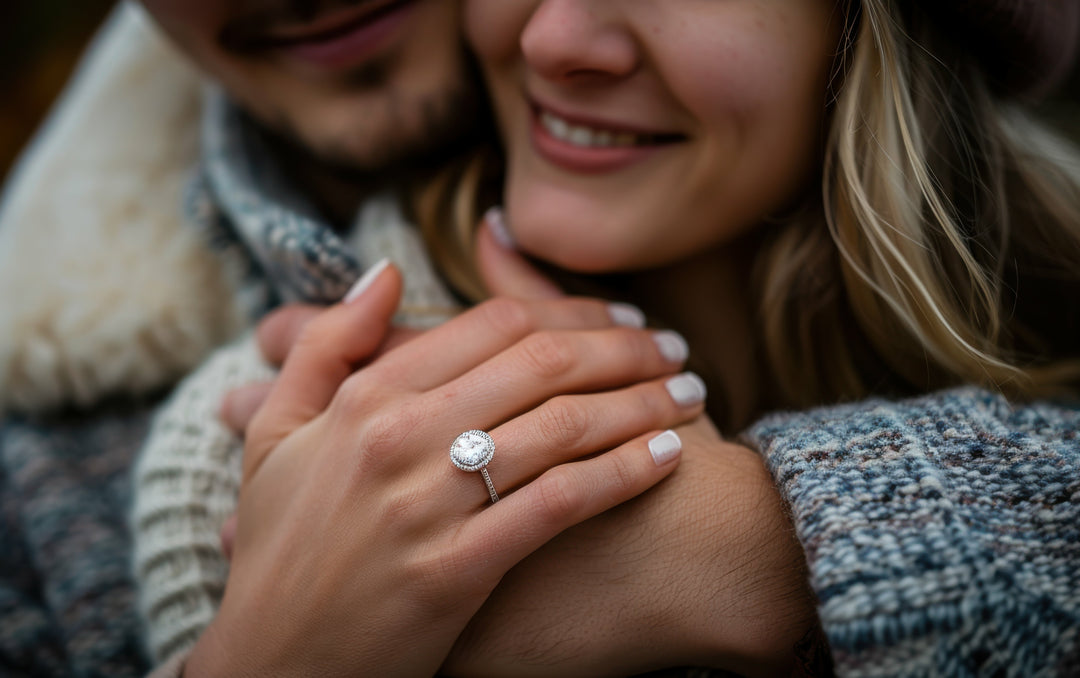
Be Prepared When You Take Your Jewelry for Repair
Regular inspections, services, and repairs are part of keeping your engagement ring safe. But you need to know that your diamond is safe at the jeweler.
You've done your research, found a jeweler that you think is trustworthy, and left your diamond with them for repair. What do you do now?
Here are five tips to arm yourself with so you can avoid diamond switching:
- Ask Questions
- Check What You Sign
- Look for Accredited Jewelers
- Opt for In House Repairs
- Verify Your Diamond
1. Ask Questions
First, ask them if they will need to lift your diamond to complete the repair. Not every ring repair requires a diamond to be removed from the ring. Unless the work is around the diamond or it is a delicate stone or shape, it should always stay in your ring. You'll also want to ensure the repair will be done on-site.
If they don't have a bench jeweler on site, ask them where they'll be sending your ring. If it's to a satellite location will it be shipped or hand delivered? At Nelson Coleman Jewelers, our Towson location has an on-site master goldsmith, but for some repairs, we need to send them to our sister store,Jewelry By Designs, in Woodbridge, VA. Each of these repairs is hand delivered and done on-site at Jewelry By Designs.
If your repair is one we have to send to a manufacturer or for a specialized engraving/refinishing, we will disclose that to you during drop off. We will also ask if you would like us to contact you if it does need to have work performed outside of our store. It's your jewelry, and you have a right to know where it is every step of the way.
Next, pay attention to how they are taking in your repair. Are they taking multiple pictures of your piece? Are they entering a thorough description? Are they telling you what they're doing every step of the way? Those are great signs you're in the right place! Your jeweler should have no problem disclosing everything they're doing every step of the way.
2. Check Everything You Sign
Before you sign the receipt authorizing the repair, read it over. Look for anything suspicious, specifically anything that says you may receive "like kind and quality" when you return. This is a red flag that they are not guaranteeing that your diamond will stay with your ring.
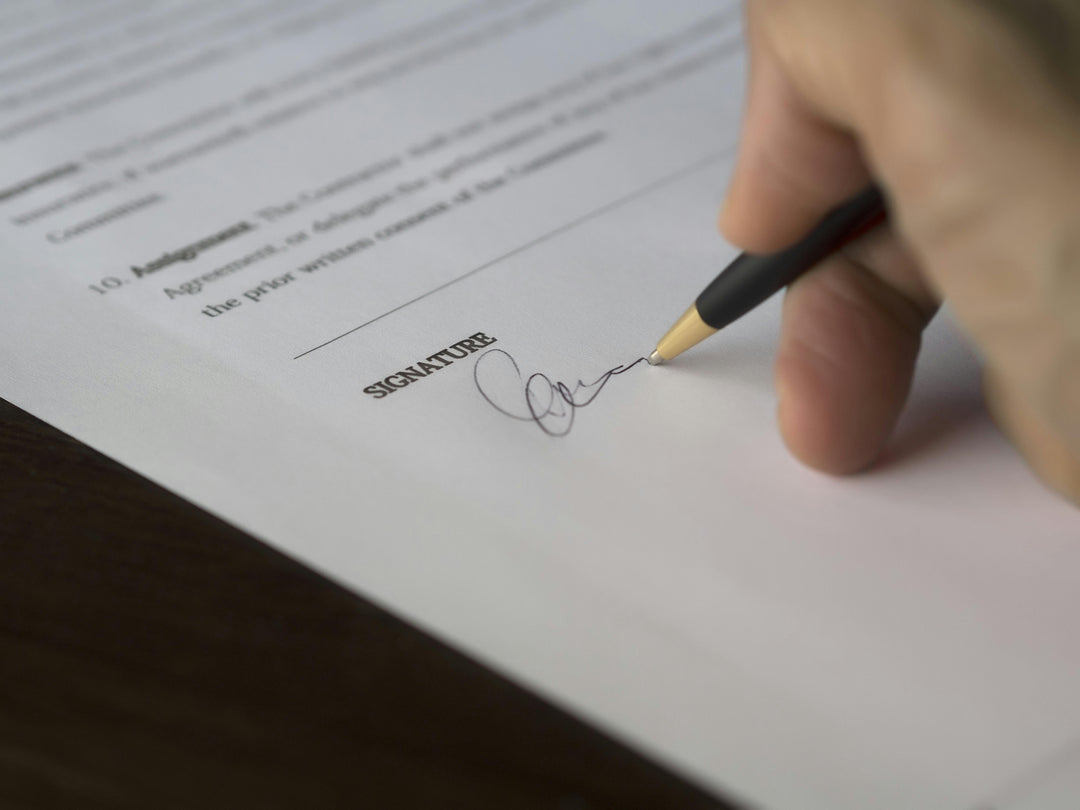
3. Look for an Accredited Jeweler with Proper Certifications
Look for jewelers that are members of the American Gem Society. AGS sets the standards for high ethical practices in the jewelry industry, and AGS jewelers must adhere to those standards. You'll also want a jeweler that has a GIA graduate gemologist on staff. This person is trained and qualified to grade and identify diamonds.
4. Opt for In-House Repairs
Not every repair can be done in-house or on-site, but many of them can. If your jewelry repair shop has an on-site bench jeweler, but they are sending out your repair, ask them why. It may need something highly specialized or to go back to the manufacturer for repairs to maintain a warranty. If they can't disclose that, taking your ring elsewhere may be a good idea.
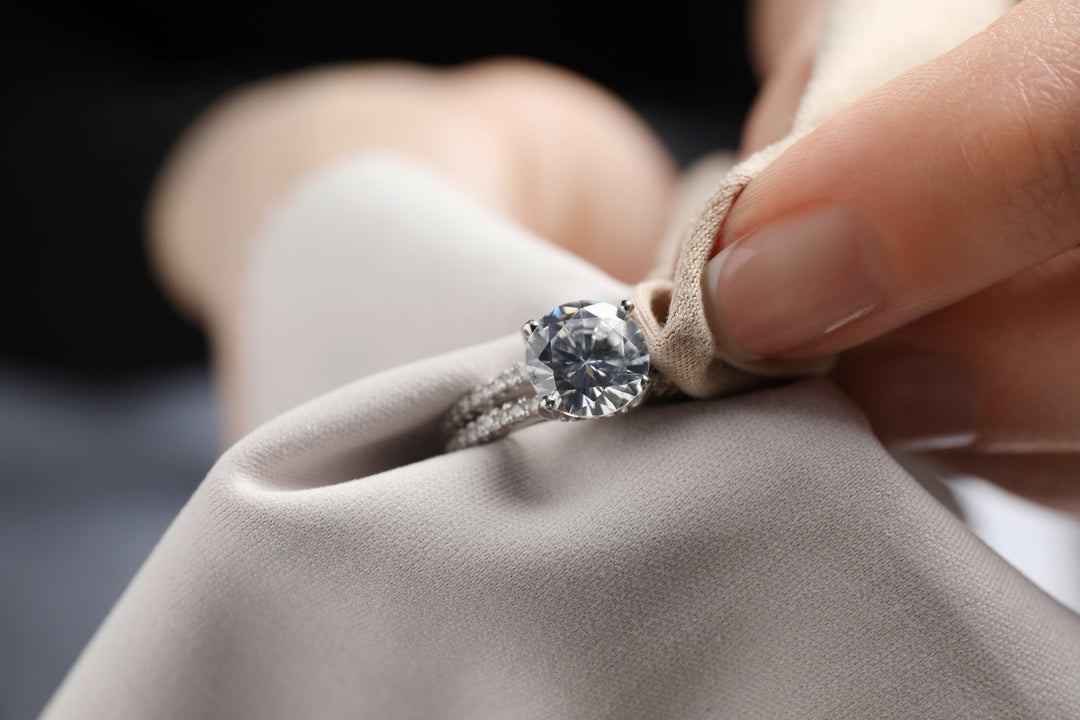
5. Verify Your Diamond Before You Leave the Store
If your diamond has a GIA lab report, it most likely has a laser inscription. Ask them to show you the inscription under a microscope before you leave so you can match it up to your report. There is no easy way to change or fake a laser inscription on a diamond. Remember, diamond switching doesn't happen very often. But if something doesn't feel right when you're dropping off your repair, leave!

Take the time to find a jeweler you can trust, and you'll have a jeweler for life. Ready to have your engagement ring repaired by a trustworthy jeweler? Visit us today or schedule an appointment.


